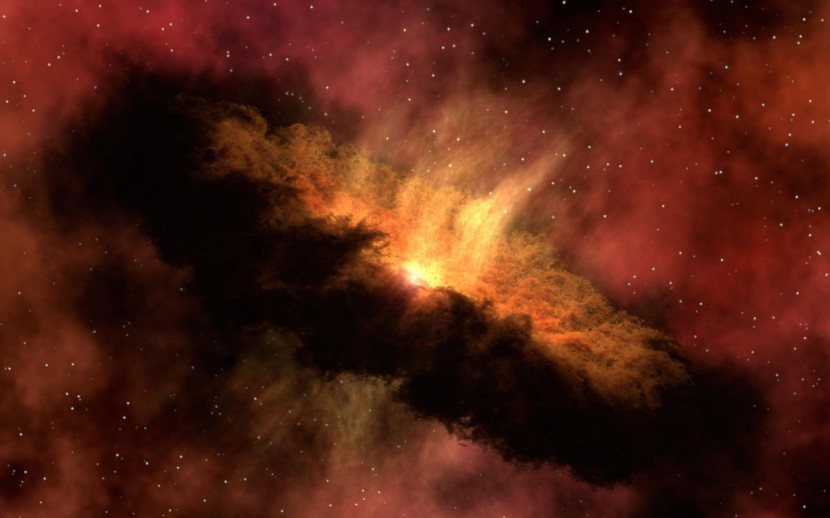
Astronomers have discovered the oldest distribution of dark matter surrounding galaxies roughly 12 billion years ago by studying the lensing of the oldest light that can be seen.
They observed the dark matter by looking at how some galaxies warp the light of the cosmic microwave background, the earliest detectable radiation from just after the Big Bang. It kicked off the universe as we know it today. The team's research is published in Physical Review Letters.
12 Billion Years Ago
An astronomer at the Institute for Cosmic Ray Research at the University of Tokyo, Yuichi Harikane, who is a co-author of the recent paper, said that most researchers use source galaxies to measure dark matter distribution from the present to eight billion years ago.
However, he noted that it is possible to look further back into the past with the use of more distant CMB to measure dark matter. Yuichi noted that for the first time, scientists were able to measure dark matter from almost the earliest moments of the universe, as per Gizmodo.
Dark matter is believed to make up roughly 27% of the known universe despite humans not being able to directly detect it. Due to humans not knowing what exactly dark matter is, the term is used as a catch-all term for the unaccounted-for mass, which is seen on massive scales thanks to its gravitational effects.
Read Also: Earth Completing Rotation in Less Than 24 Hours Could Have Negative Effects on Software Worldwide
There are some leading candidates for dark matter, including the theory that they are small particles called WIMPs (Weakly Interacting Massive Particles) or even more miniscule particles called axions. Despite this, it is also entirely possible that dark matter constitutes both WIMPs and axions
According to Phys.org, the observation of events that occurred in the early stages of the universe is difficult due to the finite speed of light. It is further exacerbated because dark matter does not emit any light.
Dark Matter Around Galaxies
The team first used data from the observations of the Subaru Hyper Suprime-Cam Survey (HSC) to identify 1.5 million lens galaxies using visible light, selected to be seen roughly 12 billion years ago. Then, to overcome the lack of galaxy light, they employed microwaves from the CMB.
Professor Masami Ouchi of the University of Tokyo said that looking at dark matter around distant galaxies was a crazy idea. After a preliminary analysis, the researchers soon realized that they had a large enough sample to detect the distribution of dark matter.
They then combined the large distant galaxy sample and the lensing distortions in CMB, allowing them to detect dark matter further back in time. They were able to observe dark matter only 1.7 billion years after the beginning of the universe.
Hironao Miyatake of Nagoya University and the author of the study said that he was happy that they were able to open a new window into that era in time. He noted that 12 billion years ago, things in the universe were very different, with more galaxies in the process of formation and the first galaxy clusters only starting to form, CNET reported.
Related Article:
Astrophysicists Propose More Insights About Life Stages of Supermassive Black Holes Based on Study
© 2025 HNGN, All rights reserved. Do not reproduce without permission.








